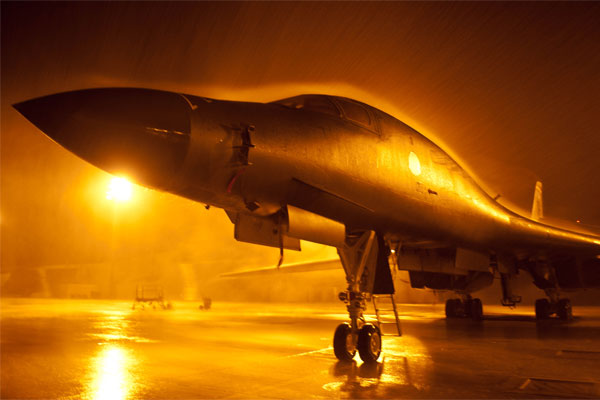Disir
Platinum Member
- Sep 30, 2011
- 28,003
- 9,610
- 910
When China's Central Military Commission Vice-Chairman Fan Changlong led a high-level delegation to the United States last week, the news media mostly focused their attention on the thorny issues of the South China Sea and cyber security.
These issues are nothing new, but they have escalated recently as the US called on China to halt its land reclamation on the Nansha Islands in the South China Sea.
US Secretary of Defense Ash Carter reiterated that call to China and other island claimants in a press release issued right after his nearly four-hour meeting with Fan at the Pentagon on Thursday.
The Chinese side has tried their best to explain the situation and voice their stance. The construction in the Nansha Islands - or Spratly Islands, as other nations call them - is totally on China's sovereign territory. It is mainly aimed at improving the living and working conditions there. Some military facilities are for the sake of defending China's sovereignty.
Fan has reassured that freedom of navigation will not be threatened, not just to the US but other nations as well. The top-ranking Chinese general has asked the US side to reduce its military activities in the South China Sea, both in the air and on the water.
For years China has protested the US close-in military surveillance, something that the US Assistant Secretary of State for East Asian and Pacific Affairs Danny Russel said in late May the US would keep doing.
Neither side has said that they have gotten any closer on the issue, but it seems clear that they had a deep exchange of views during Fan's visit.
China and US military ties rise above tensions need to stay there Chen Weihua chinadaily.com.cn
Sovereignty. This seems to be really difficult.
These issues are nothing new, but they have escalated recently as the US called on China to halt its land reclamation on the Nansha Islands in the South China Sea.
US Secretary of Defense Ash Carter reiterated that call to China and other island claimants in a press release issued right after his nearly four-hour meeting with Fan at the Pentagon on Thursday.
The Chinese side has tried their best to explain the situation and voice their stance. The construction in the Nansha Islands - or Spratly Islands, as other nations call them - is totally on China's sovereign territory. It is mainly aimed at improving the living and working conditions there. Some military facilities are for the sake of defending China's sovereignty.
Fan has reassured that freedom of navigation will not be threatened, not just to the US but other nations as well. The top-ranking Chinese general has asked the US side to reduce its military activities in the South China Sea, both in the air and on the water.
For years China has protested the US close-in military surveillance, something that the US Assistant Secretary of State for East Asian and Pacific Affairs Danny Russel said in late May the US would keep doing.
Neither side has said that they have gotten any closer on the issue, but it seems clear that they had a deep exchange of views during Fan's visit.
China and US military ties rise above tensions need to stay there Chen Weihua chinadaily.com.cn
Sovereignty. This seems to be really difficult.



